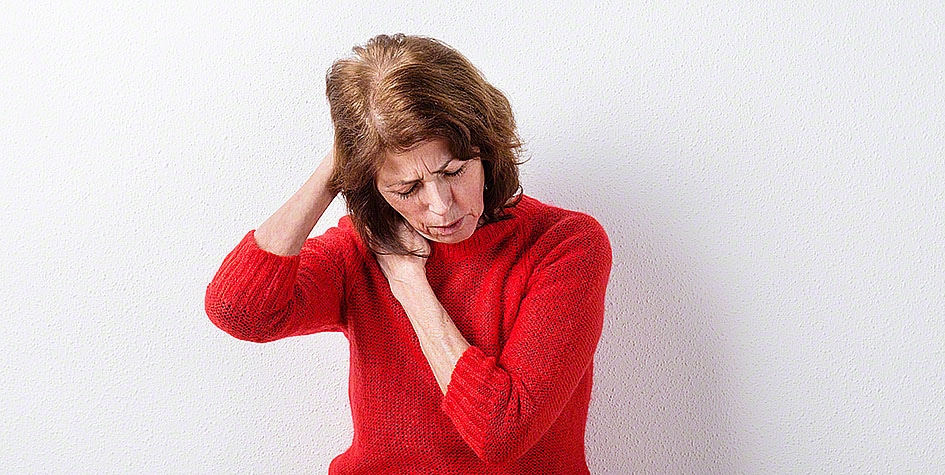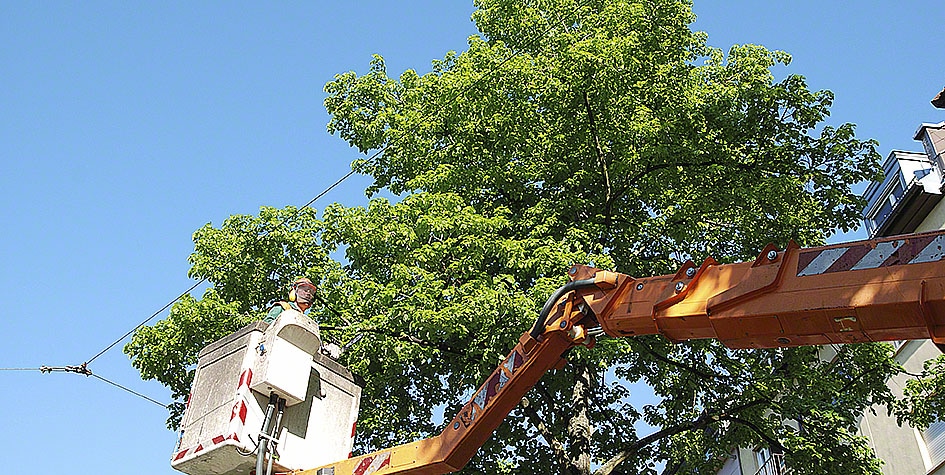Foot deformities are common and one of them is cavus foot. It can be harmless in some cases while in others, it might cause enough pain for the patient to see an orthopedic surgeon. Below are the things you need to know about cavus foot.
What Is Cavus Foot?
The anatomy and physical appearance of the foot is something that a lot of people don’t even notice, but it’s really important to have a look at your foot and see if it is not de-shaped in any way.
The arch of the foot is something that you don’t pay a lot of attention to, but it can lead to a lot of issues. The arch of the foot is the area between the heel of the foot and the ball of the foot. It is that slight curve that gives your foot that characteristic shape.
Well, sometimes, the arch of the foot can be very curvy. It can be very high, so much so, that your footprint will consist of two separate parts. People with normally arched feet have footprints that are shaped like a foot with slight space in the middle where the ball meets the heel. However, in a high-arched foot, the footprint can be two separate parts. This condition of a high arch in your foot is known as a cavus foot.
It isn’t normally harmful per se, but if it’s too high, then it can lead to permanent bone issues and it can also cause a lot of pain when you walk.
The arch of the foot distributes the pressure of the weight when you’re walking evenly, but if the arch is too high, then there can be a part of your foot that will be under more stress and pressure, and that can lead to a lot of pain and issues with the bone in your foot.
This is why it’s important to figure out why you have a cavus foot and what you can do about it. This is going to save you from a lifetime of foot pain and skeletal issues because your foot is the most used part of the body and you want it to be in good condition.
Causes Of Cavus Foot
The root cause of cavus foot can be a lot of things. Some of the most common causes are as follows:
Genetics
You can get cavus or a high-arched foot, because of genetics. Sometimes, the shape of the foot is familial and it has something to do with genes and the family history. So, even if you have a normal body with no foot injuries in the past, then it can still lead to cavus foot.
Bone Diseases
It can be because of bone deformity and diseases. Sometimes, when children are still in the development stages, their feet can get high arches, because of a disorder known as spina bifida. It is essentially a neurological disorder that can lead to higher foot arches. It can also be inherited from a family member or someone can develop it later on in their life.
Cerebral Palsy
Cerebral palsy is another reason that can lead to cavus foot. It is one of the most common symptoms of cerebral palsy and it can cause a lot of pain in the foot, due to it being high arched.
Injuries
There can also be an aspect of a foot injury or a structural anomaly in the foot that can lead to cavus foot.
The cause of cavus foot is really important to understand and figure out because in this way your doctor will be able to give a comprehensive treatment plan and they can figure out what is causing your foot to have higher arches.
Timely treatment is important for cavus foot because if you are constantly in pain while walking, then that is going to affect your overall life activities and that’s not what you want, at the end of the day. Walking difficulty can lead to other problems like sprains and knee pain as well for which you doctor might refer you to an orthopedic doctor for knee pain Woodbridge or any other specialist.
Symptoms Of Cavus Foot
Now that you know what cavus foot is and how it is caused, here are some symptoms of it:
A Higher Arch
The most obvious symptom of cavus foot is the arch of the foot. When you’re simply standing and keeping your foot at rest, you can see a higher arch on your foot. Usually, people with normal foot arches have a straight or slightly curved arch, when they sit or stand still. However, people with cavus foot will still have a higher arch, even when their feet are at rest.
Pain
You will experience a lot of pain, either in the heel of your foot or the ball of your foot, when you try to walk or even stand for longer periods. This is because the weight of your body isn’t being distributed when you’re standing, because of the higher arch.
Difficult To Stand Still
You will have a hard time trying to stand still. You will also feel instability even when you’re standing on your feet and that is because of the higher arch of the foot.
Curled Toes
Your toes might also be very curled when they’re relaxed. It will look as though you’re trying to clench your feet, but you’re not and it’s essentially something that happens on autopilot.
Numb Feet
You will feel numbness in your feet. This will cause you to drag your feet rather than take a step when you’re walking. This is because the cavus foot can cause damage to the nerves of your feet.
Treatment For Cavus Foot
There are surgical and non-surgical treatments that can be used to treat cavus foot and bring the arch back to normalcy.
Non-Surgical Methods
In non-surgical methods, footwear modifications may be made to ensure that the shoes you’re wearing don’t cause the arch of your foot to deepen. You will need to wear straight shoes and keep the balls and the heel of your foot on the same level so that the arch can be somewhat normal.
In some cases, orthotic devices and braces can be used to provide stability in the foot. They are usually wedged in the shoes of the person suffering from cavus foot and they can walk normally with the braces or the devices without any hindrance.
Surgical Methods
Firstly, a bone deformity or any other physical anomalies is looked at in X-rays and MRI scans. This is important so that the doctor can pinpoint exactly what is wrong with the foot and what is causing the high arch of the foot.
Once that is diagnosed, the surgery is performed. It is a slightly invasive surgery, but the healing is quick if you take good care of yourself. After a couple of weeks, you’ll be able to walk normally again. Surgeries are only performed on the cavus foot if things are taking a turn for the worse, for instance, if the foot is losing sensation or you are in excruciating pain while walking.
Conclusion
Cavus foot isn’t exactly dangerous or harmful per se, but it can still look weird, which is why a lot of people tend to be frustrated by the way their feet look. If it’s causing pain, you should not ignore it and visit a podiatry clinic Woodbridge.
Topics #cavus foot #cavus foot causes #cavus foot symptoms #high arch of the foot #podiatry clinics #treatments for cavus foot











